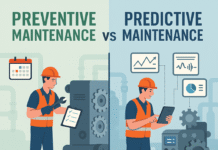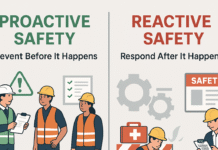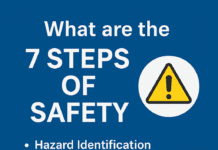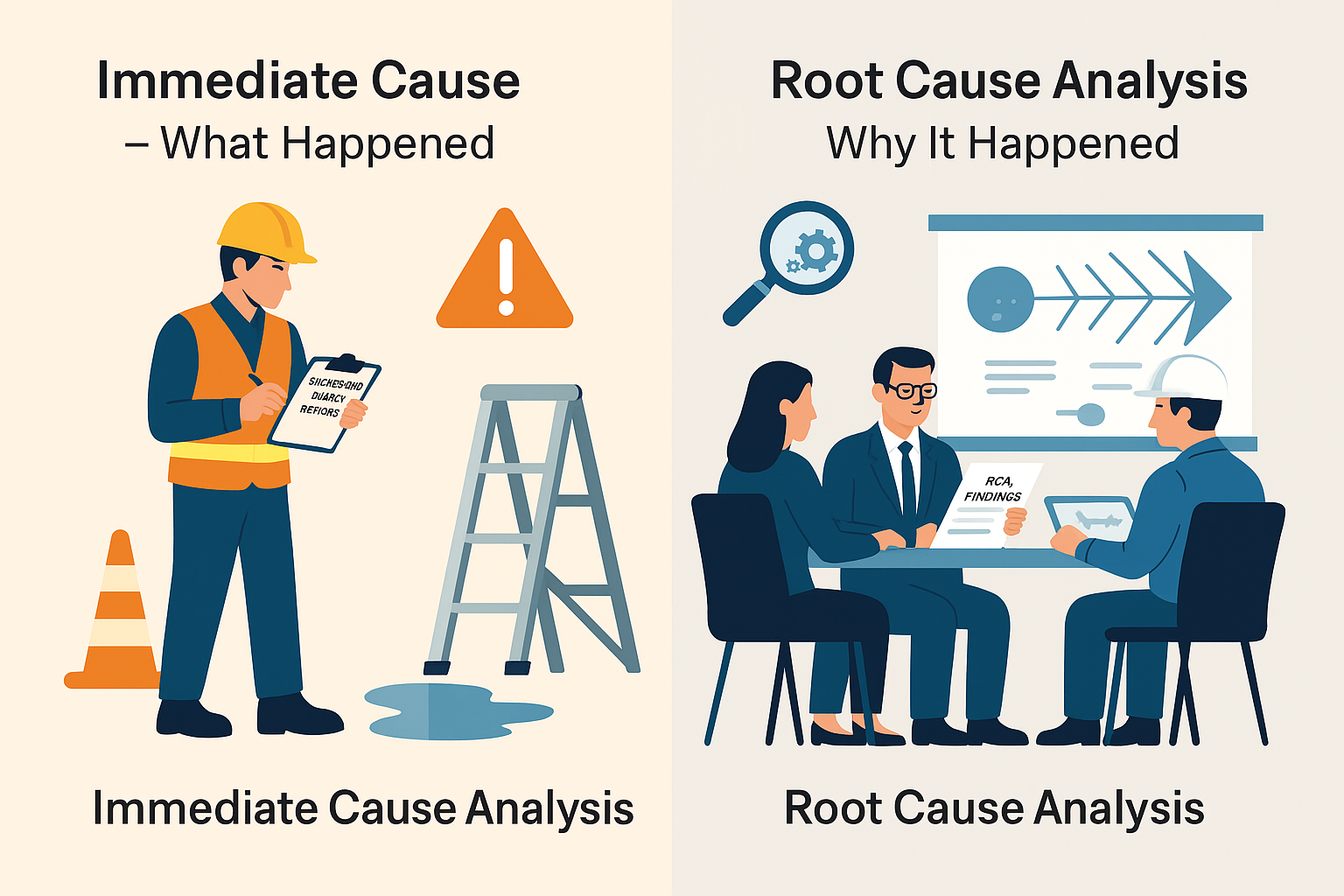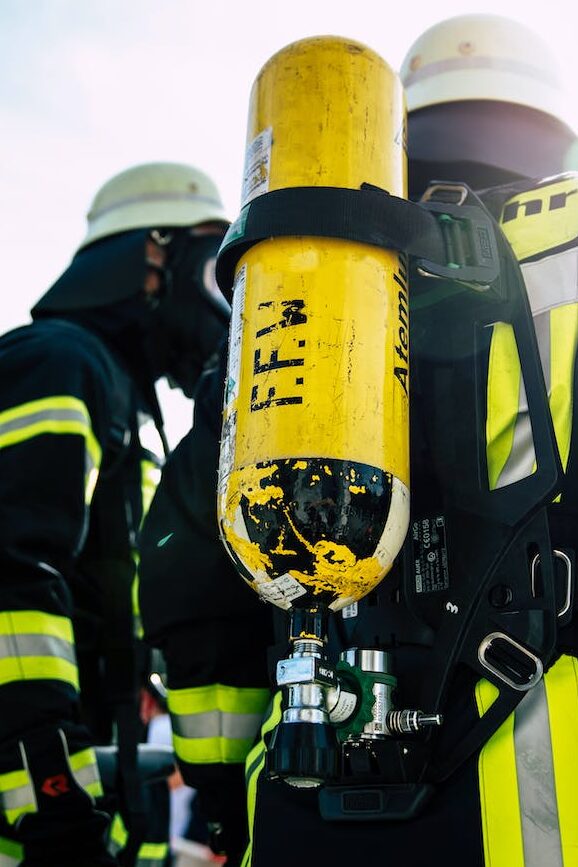
Emergency Response and Disaster Preparedness: Ensuring Safety in Critical Times
Emergency Response and Disaster Preparedness : In a world marked by uncertainty, it’s paramount to be equipped with the knowledge and resources necessary to navigate through emergencies and disasters. From natural calamities to unforeseen crises, having a well-thought-out emergency response and disaster preparedness plan can make the difference between chaos and order, even saving lives. In this comprehensive guide, we will explore the essential aspects of emergency response and disaster preparedness, ensuring you’re well-prepared to face the unexpected.
1. Understanding the Importance of Preparedness
In the face of uncertainty, preparedness is our greatest ally. This section delves into why having an emergency response and disaster preparedness plan is essential, highlighting real-life examples that emphasize the importance of being ready for the unexpected.
2. Assessing Your Vulnerabilities
To prepare effectively, it’s crucial to understand the specific risks and vulnerabilities in your region. We’ll guide you through the process of assessing these vulnerabilities, empowering you to tailor your preparedness plan accordingly.
3. Creating an Emergency Kit
An emergency kit is a cornerstone of disaster preparedness. We’ll provide a detailed checklist of items to include in your kit, ensuring you have the essentials to sustain yourself and your family during an emergency.
4. Developing a Family Communication Plan
Communication is key during a crisis. Learn how to create a family communication plan that ensures everyone is informed and connected when it matters most.
5. Emergency Evacuation Strategies
When evacuation becomes necessary, knowing how to do so safely is critical. This section outlines evacuation strategies and tips to make this process as smooth as possible.
6. First Aid and Medical Preparedness
In emergencies, basic medical knowledge can be lifesaving. We’ll cover first aid essentials and medical preparedness to help you respond effectively to injuries and health issues.
7. Community Resources and Assistance
Discover the importance of community support networks and available resources during disasters. Collaboration and assistance from neighbors can significantly enhance your preparedness.
8. Role of Technology in Emergency Response
Technology plays a vital role in modern emergency response. Explore how smartphones, apps, and other tech tools can be used to your advantage in critical situations.
9. Government and Local Authorities’ Involvement
Understand the roles of government and local authorities in disaster response and how you can cooperate with them for a more organized and efficient approach.
10. Business Continuity Planning
For entrepreneurs and business owners, ensuring business continuity is paramount. Learn how to create a plan that safeguards your business during disasters.
11. Psychological Resilience in Crisis
Mental health is often overlooked in disaster preparedness. We’ll discuss strategies for maintaining psychological resilience and helping others cope during tough times.
12. Lessons from Past Disasters
History provides valuable lessons. We’ll examine past disasters and the insights they offer for improved preparedness.
13. Environmental Preparedness
Understanding the impact of disasters on the environment is essential. Explore how to minimize your ecological footprint during emergencies.
14. International Cooperation in Disaster Relief
Disasters can transcend borders. Discover the significance of international cooperation in disaster relief efforts and how it benefits affected communities.
Conclusion: Building a Safer Future
In conclusion, being prepared for emergencies and disasters is not an option but a necessity. By following the guidelines in this comprehensive guide, you’ll be better equipped to face the unexpected with confidence, ensuring the safety and well-being of yourself and your loved ones.
Subcontractor Safety Management
FAQs
1. How often should I update my emergency kit?
It’s advisable to review and update your emergency kit at least once a year to ensure that all items are in good condition and that your family’s needs have not changed.
2. What should be included in a family communication plan?
A family communication plan should include contact information for all family members, an out-of-town contact person, and a meeting place in case you cannot return home.
3. Are there any smartphone apps that can assist in emergency preparedness?
Yes, there are several apps designed to help with emergency preparedness, such as FEMA’s app, which provides alerts and information during disasters.
4. How can I involve my community in disaster preparedness efforts?
You can start by organizing neighborhood meetings or joining local disaster preparedness groups. Building a sense of community can greatly enhance preparedness.
5. Is psychological resilience important during disasters?
Absolutely. Psychological resilience helps individuals and communities cope with the emotional and mental challenges that disasters can bring.


